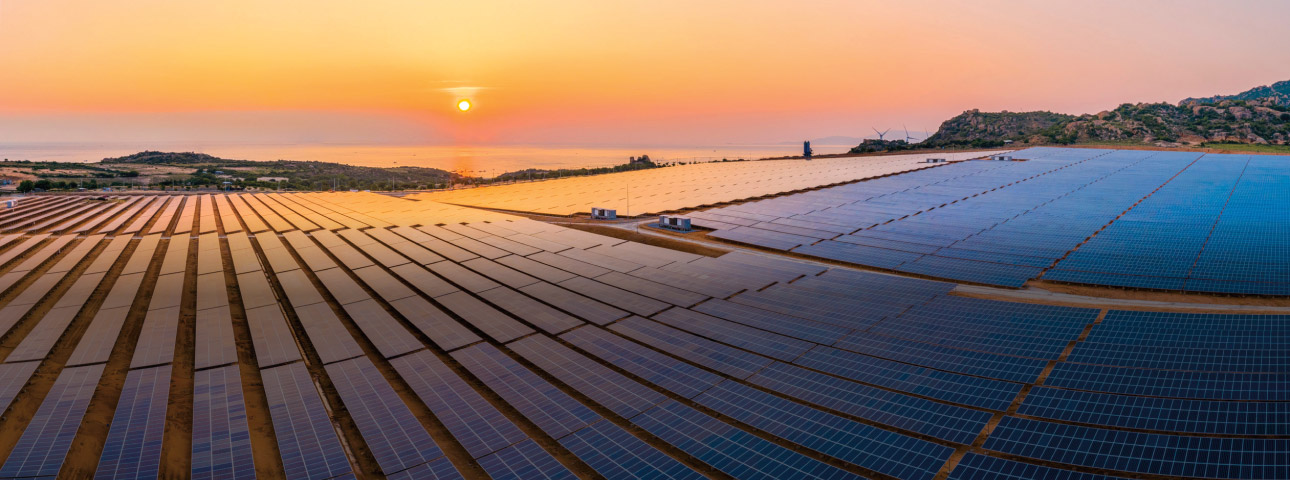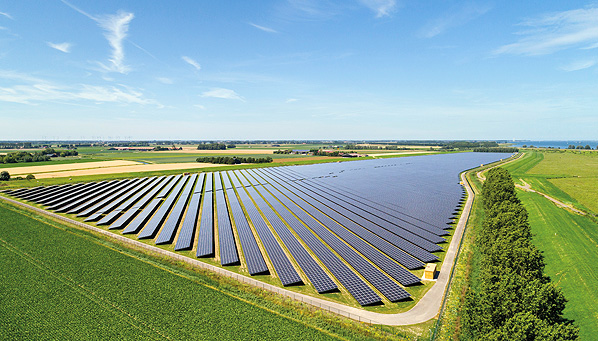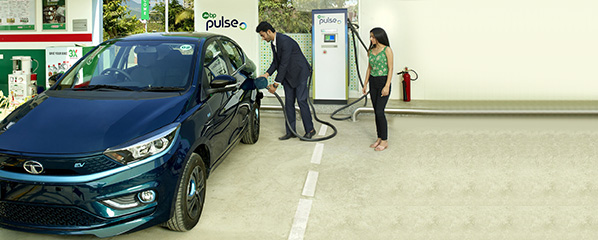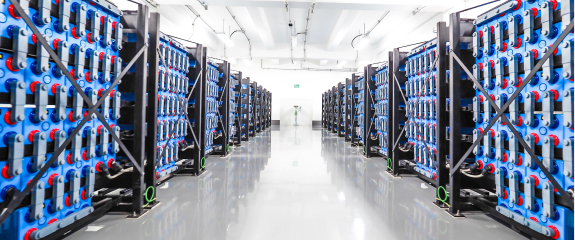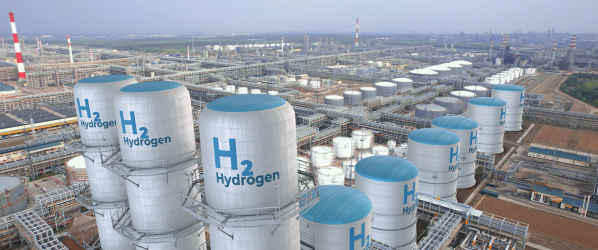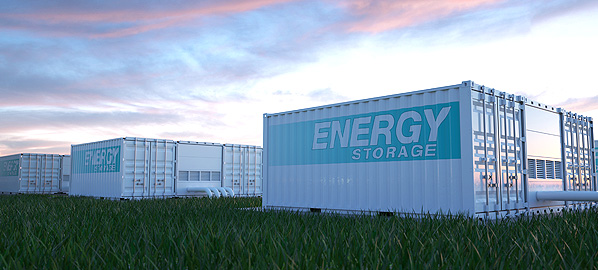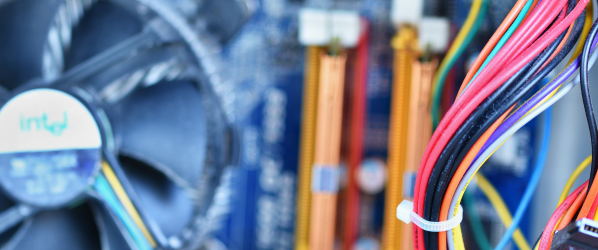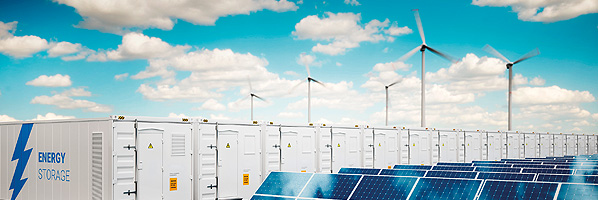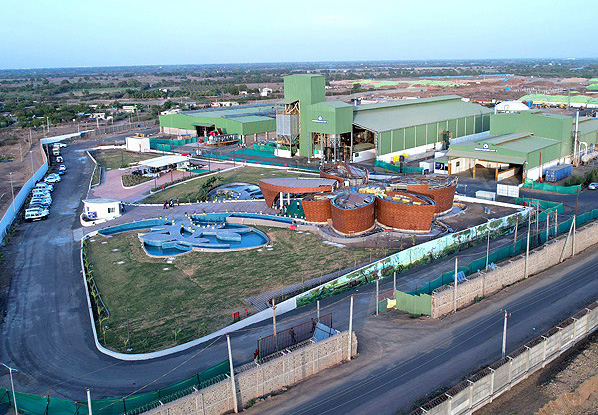Krishna with Flute
Senior Member
- Joined
- Jan 26, 2024
- Messages
- 4,245
- Reaction score
- 2,067
- Axis Group

Date of Event:
Sep 4, 2025
Four times bigger than Tesla Gigafactory: India’s richest man throws the gauntlet
Reliance’s 48th AGM highlighted the Dhirubhai Ambani Giga Energy Complex at Jamnagar, a facility four times the size of Tesla’s Gigafactory, set to accelerate India’s clean energy ambitions.
By Sheersh Kapoor August 29, 2025, 4:11:26 PM IST (Updated)


At Reliance Industries’ 48th Annual General Meeting, Executive Director Anant Ambani called the company’s New Energy business its most “ambitious and transformational mission of this decade,” saying it had moved “from ambition to execution.”
Congratulating the entire leadership team of RIL’s Energy Business for their operational excellence in challenging times, Chairman and Managing Director Mukesh Ambani said he was confident they would “set global benchmarks in executing all their projects, making New Energy a large growth engine for Reliance.”
At Jamnagar, the Dhirubhai Ambani Giga Energy Complex is being built at record pace, with over 5 million manhours of engineering, 44 million square feet of building area – four times Tesla’s Gigafactory – and 7 lakh tonnes of steel, equal to 100 Eiffel Towers. It also involves 1 lakh kilometres of cable, enough to reach the moon and back.
“We are building the world’s most integrated New Energy ecosystem – from sand to electrons to green molecules – at a scale unmatched anywhere in the world,” Anant Ambani said. Products from the giga factories will deliver round-the-clock renewable power and produce green fuels such as ammonia, e-methanol, and sustainable aviation fuel.
Reliance has already produced its first 200 MW of HJT solar modules, which provide 10% higher energy yield, 20% better temperature performance, and 25% lower degradation. This platform will scale up to 20 GWp, making it the world’s largest and most integrated single-site solar facility.
A battery giga factory, starting in 2026, will expand from 40 GWh to 100 GWh annually, while an electrolyser giga factory, also due by 2026, will scale up to 3 GW to enable cost-competitive green hydrogen production.
Together, these platforms create a solar, battery storage, and hydrogen ecosystem under one roof, giving Reliance a competitive edge in technology, cost, and supply chain resilience.
In Gujarat’s Kutch, the company is building one of the world’s largest single-site solar projects across 5,50,000 acres, capable of meeting 10% of India’s electricity demand within the decade.
Reliance also plans to produce and export green ammonia, methanol, and aviation fuel, targeting 3 MMTPA of green hydrogen equivalent capacity by 2032.
“Jamnagar will be the cradle of both the world’s largest Conventional Energy complex and the world’s largest New Energy complex. Jamnagar is the face of New Reliance and New India,” Ambani told shareholders.
Note To Readers
Disclosure: Network18, the parent company of CNBCTV18.com, is controlled by Independent Media Trust, of which Reliance Industries is the sole beneficiary.
First Published: Aug 29, 2025 3:53 PM IST


